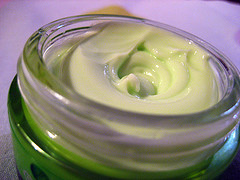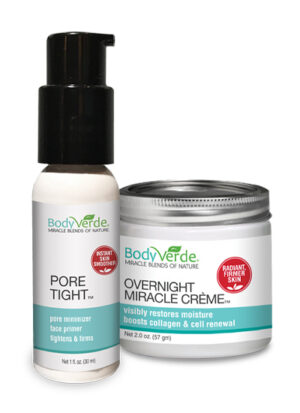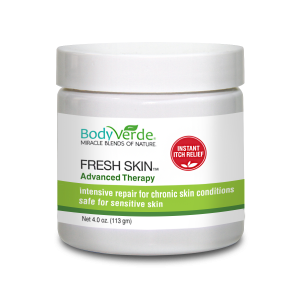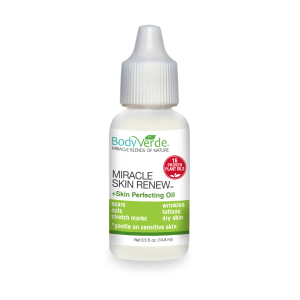Let’s face it – natural skin care doesn’t begin with products. It begins with your lifestyle: factors such as how much water you drink, how you eat, whether you exercise and how much sun exposure you get all play a key role in the appearance of your skin.
That’s not to say that skin conditions such as psoriasis, eczema, rosacea and acne can be easily prevented or controlled. Medical skin conditions require extra attention, but you can manage them better with a healthy diet and a good daily skin care routine.
It’s important to understand pH balance when evaluating your skin care routine. The skin has a slightly acidic pH level – between 4 and 6.5 on a scale of 1-14  – and everything we do affects that pH balance.
– and everything we do affects that pH balance.
The surface layer of skin is made up of amino acids, lactic acid and free fatty acids, which give it the slightly acidic pH. This “acid mantle” helps protect the skin from pollutants and microorganisms, which is why it’s so important to keep it intact.
The ingredients in skin care products tend to be alkaline, which can upset the pH balance. Look for the term “pH balanced” on facial cleansers and other skin care products – a number between 4 and 7 is best. Stay away from products that contain mineral oil, petroleum and lanolin, as they can clog your pores and prevent the skin from producing its own natural oils.
Conditions such as eczema – or even just really dry skin – also can upset the natural pH balance.
We’ll cover more about skin care and maintaining pH balance in the coming weeks. Do you have any recommendations to share on maintaining your skin’s natural pH level?
Image: sunshinecity / Flickr



